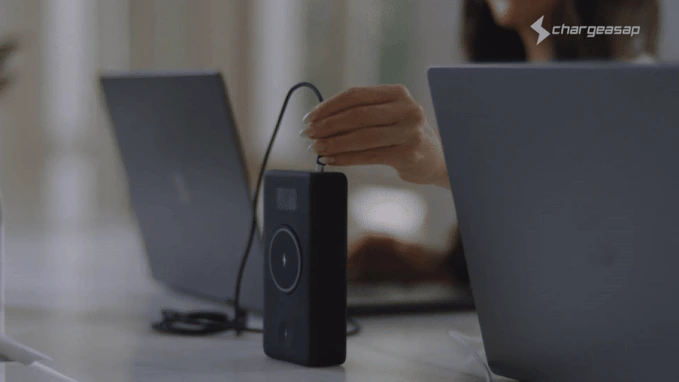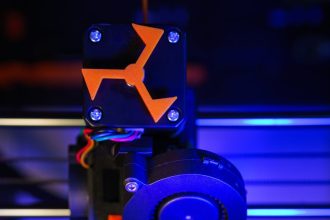Power banks slowly lose their charge even when they aren’t being used via a process known as self-discharge.
While the drain is usually slow, several factors determine how much charge is lost over time.
What causes self-discharge
- Self-discharge rate: Most power banks lose about 2–3% of their charge per month.
- Battery quality: Premium models retain charge better, while cheaper ones may lose it faster.
- Storage conditions: Heat and humidity accelerate charge loss.
- Internal issues: Faulty circuits or damaged components can cause constant energy leakage.
- External connections: A loose or damaged charging cable may draw small amounts of current.
- Battery age: As batteries age, their capacity decreases, making them discharge more quickly.
If your device drains unusually fast, it may be time to check for wear and consider a replacement.
Tips to stop self-discharge
Cold weather significantly impacts power bank performance.
In low temperatures, the chemical reactions inside the battery slow down, reducing efficiency.
To maintain battery health during long storage, keep your power bank charged at roughly 50%.
Tips to battery life on your power bank
Follow these tips to make your power bank last longer and work better.
- Keep charge between 20–80%.
- Store in a cool, dry place away from extreme teperatures.
- Recharge at least once a month if unused for long periods
- Avoid powering too many devices at once.
- Watch for signs of decline such as overheating or slow charging.






